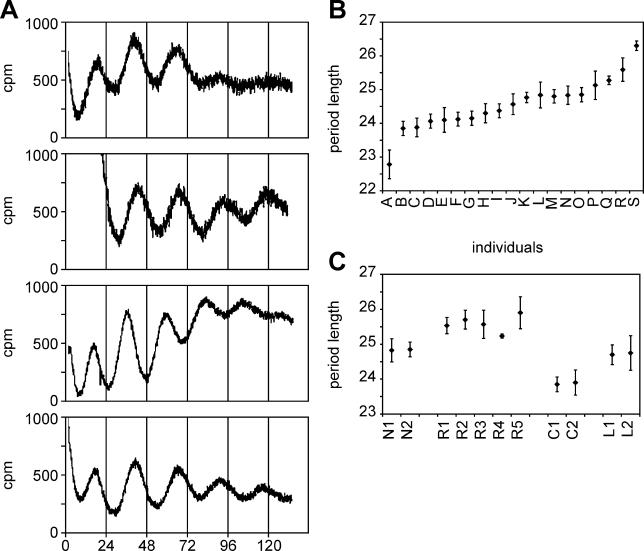Figure 3. Circadian Bioluminescence Cycles in Fibroblasts from Different Human Individuals.
Biopsies were obtained from buttocks, foreskin, or abdomen of 19 individuals (see Materials and Methods for details). Fibroblasts were isolated from each biopsy, infected with lentiviral circadian reporter vectors as in Figure 2, and analyzed by real-time luminometry. Individuals are designated with the letters A–S.
(A) Representative BMAL1-luciferase oscillations measured from biopsies of four different individuals. Individuals N, L, A, and P are shown.
(B) Summary of the period lengths of BMAL-luciferase oscillations from all 19 individuals. Each value shows the average plus or minus the standard deviation from two different trials of two different infections of fibroblasts from two to five biopsies per subject. The probability by Student's t-test that the most different individuals (A and S) have the same period length is ≤0.00001; the probability that the second most different (B and R) are equal is ≤0.004.
(C) For four subjects from whom two to five biopsies were taken, the average plus or minus the standard deviation of period length from two infections and four measurements of each skin biopsy is shown. The probability that the individuals that differ the most (C and R) do not differ in period length is ≤0.000002.

